After a few-year hiatus, browngrotta arts will return to the Sculpture, Objects, and Functional Art Exposition at the Navy Pier in Chicago next month. We’ll be reprising our most recent exhibition, Influence and Evolution: Fiber Sculpture…then and now, with different works for a number of artists, including Naoko Serino, Kay Sekimachi, Anda Klancic, Ritzi Jacobi, Randy Walker, Mariette Rousseau-Vermette, Carolina Yrarrázaval and Lenore Tawney. Other artists whose work will be featured in browngrotta arts’ exhibit are Magdalena Abakanowicz, Adela Akers, Lia Cook, Sheila Hicks, Masakazu Kobayashi, Naomi Kobayashi, Luba Krejci, Jolanta Owidzka, Ed Rossbach, Sherri Smith, Carole Fréve, Susie Gillespie, Stéphanie Jacques, Tim Johnson, Marianne Kemp, Federica Luzzi, Rachel Max, Eduardo Portillo & Mariá Eugenia Dávila, Michael Radyk and Gizella K Warburton. SOFA will publish a related essay, Fiber Art Pioneers: Pushing the Pliable Plane by Jo Ann C. Stabb,
on the origins of the contemporary fiber movement.
Now in its 22nd year, SOFA CHICAGO is a must-attend art fair, attracting more than 36,000 collectors, museum groups, curators and art patrons to view museum-quality works of art from 70+ international galleries. After a nationwide competition, SOFA CHICAGO recently placed #7 in the USA Today Reader’s Choice 10 Best Art Events.New this year, SOFA CHICAGO will unveil a revamped floorplan created by Chicago architects Cheryl Noel and Ravi Ricker of Wrap Architecture. The re-envisioned design will create a more open and cohesive show layout, allowing visitors to explore the fair in a more engaging way. Changes include a new, centrally located main entrance where browngrotta arts’ booth, 921, will be located. Cheryl Noel of Wrap Architecture adds, “The most effective urban contexts contain distinct places within the larger space, corridors with visual interest and clear paths with fluid circulation. We believe this new floorplan will capture the spirit of the art and be an expression of the work itself, exploring form and materiality, with the same level of design rigor applied.”

1rw SAW PIECE NO.4 (AUTUMN)
Randy Walker, salvaged bucksaw, steel rod, nylon thread
42″ x 96″ x 26″, 2006, Photo by Tom Grotta
On Friday, November 6th, from 12:30 to 2:30, Michael Radyk will be at browngrotta arts’ booth to discuss his Swan Point series, Jacquard textiles created to be cut and manipulated after being taken off the loom, in which Radyk was trying “to bring the artist’s hand back into the industrial Jacquard weaving process.” SOFA opens with a VIP preview on Thursday, November 5th, from 5 pm to 9 pm. The hours for Friday and Saturday are 11 am – 7 pm; and 12 to 6 pm on Sunday the 8th. SOFA is in the Festival Hall, Navy Pier, 600 East Grand Avenue Chicago, IL 60611. Hope to see you there!

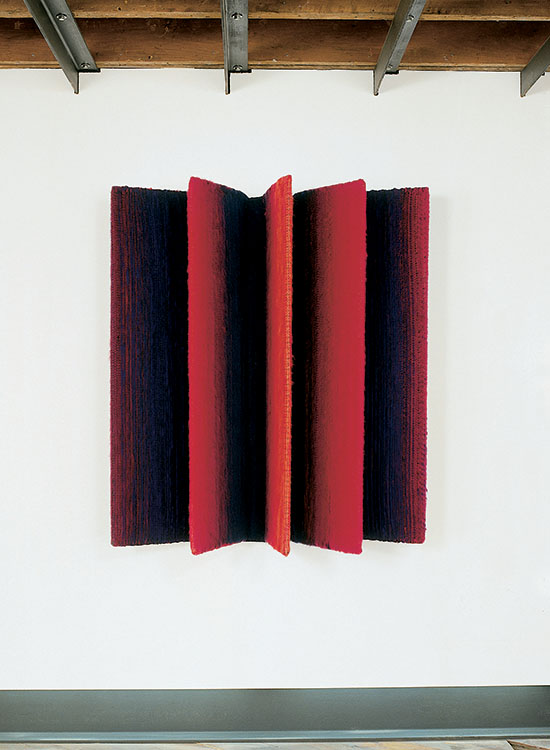
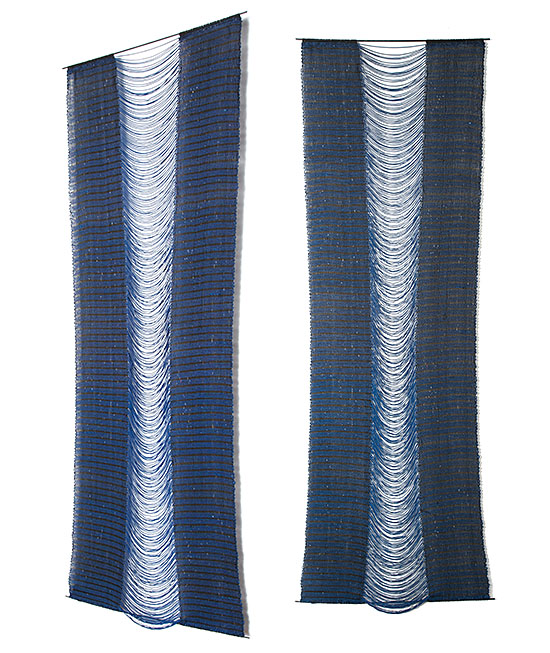
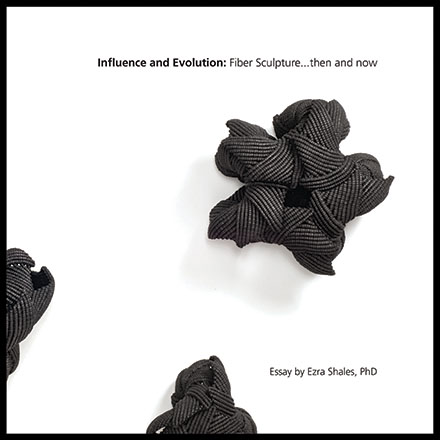

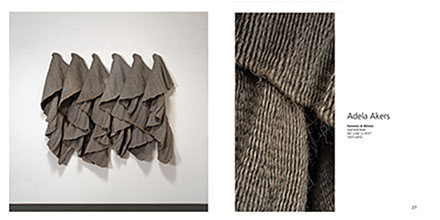
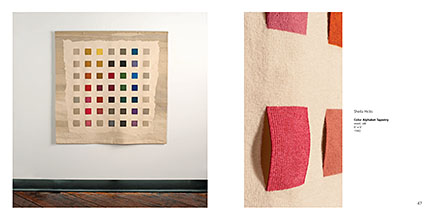
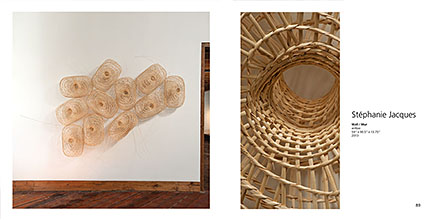



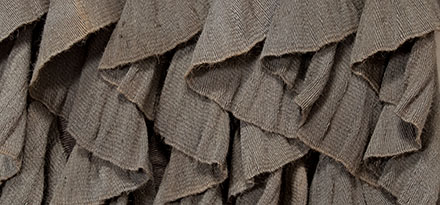
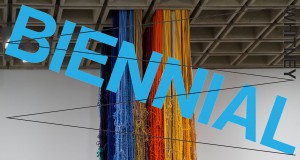
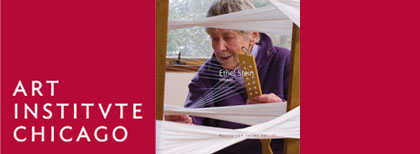
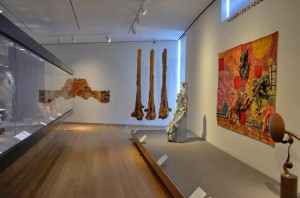
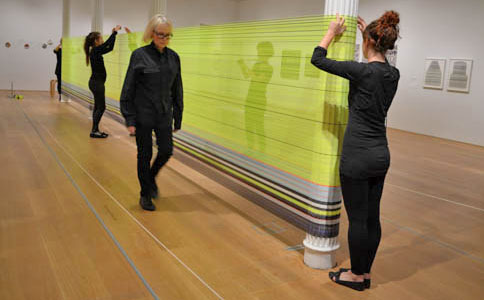

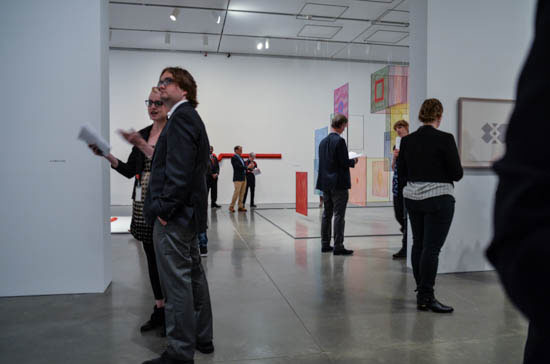

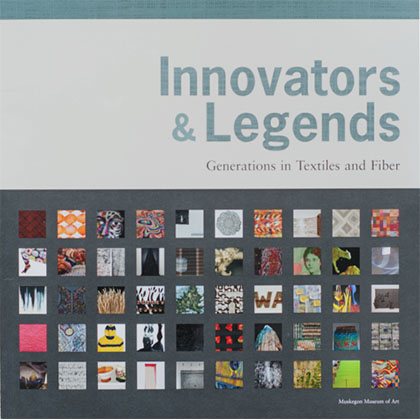


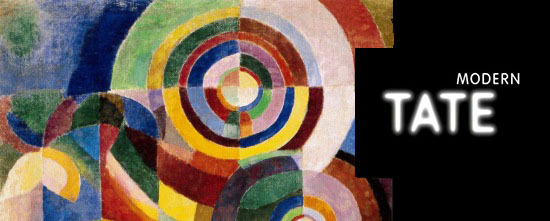


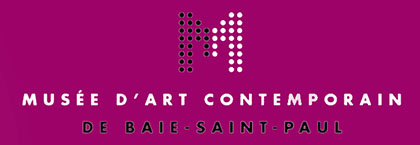

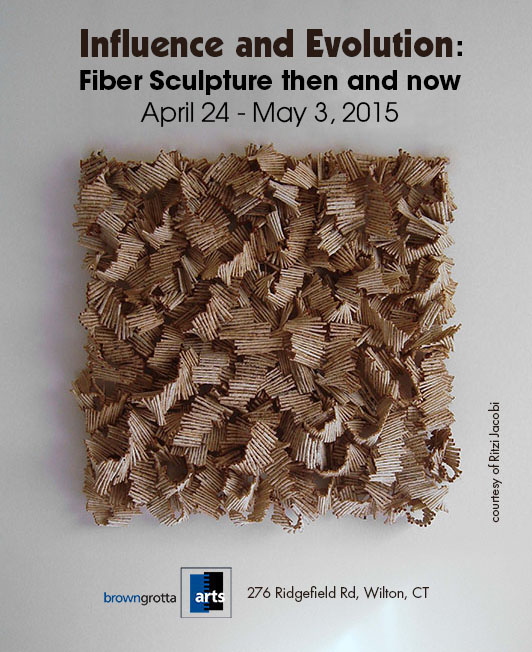
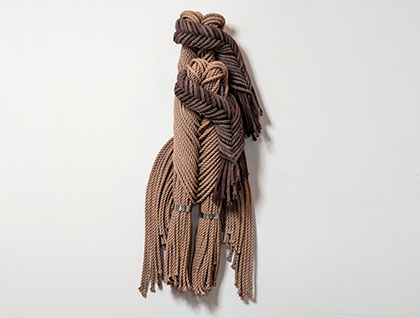






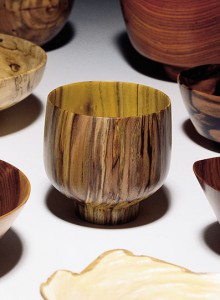

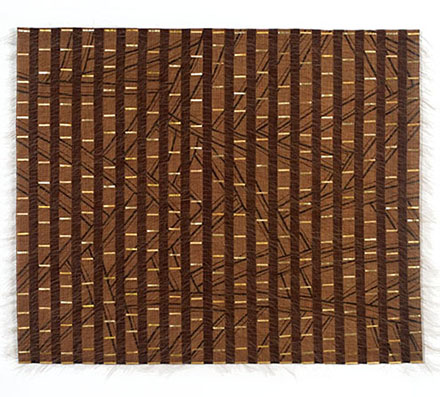
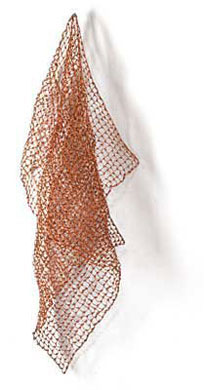
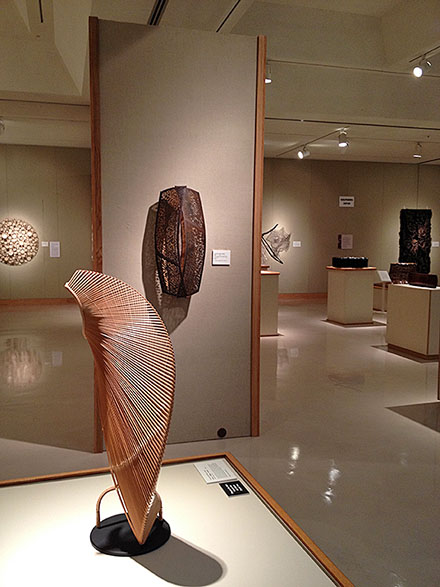
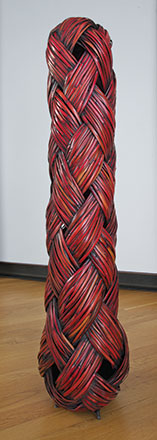

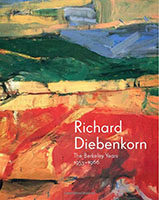

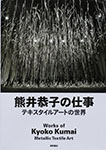
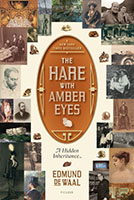

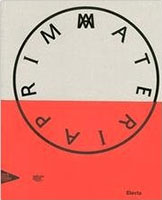
 Randy Walker
Randy Walker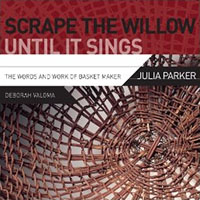 And From
And From 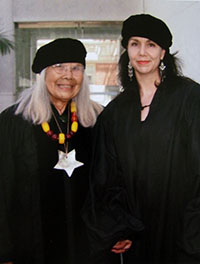
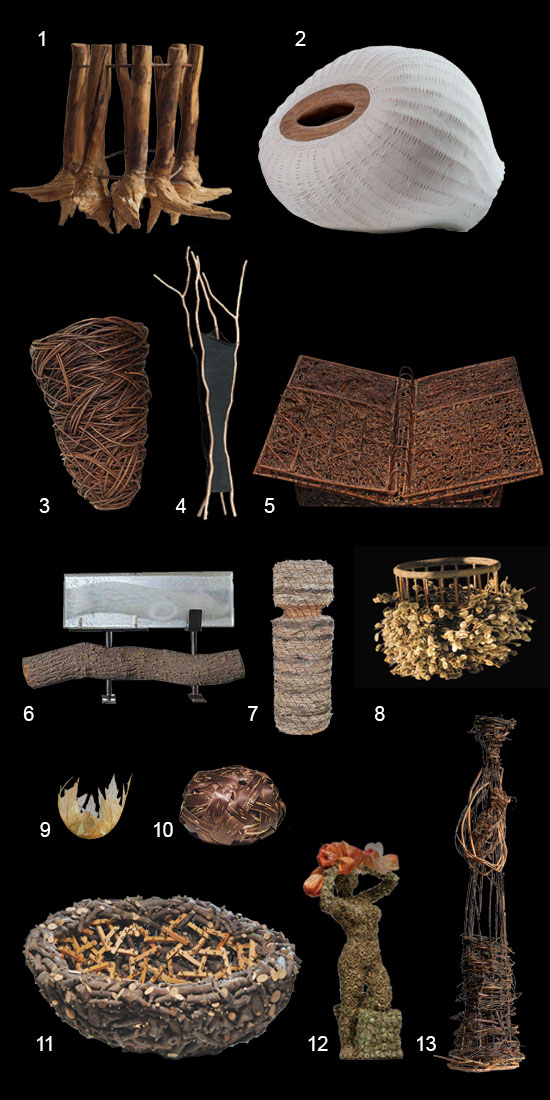
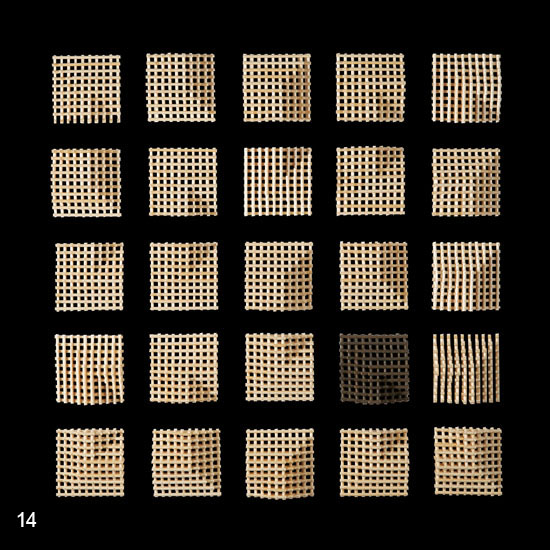
Press Notes: browngrotta arts in the news
July cover of selvedge magazine
We are excited to be featured in the July issue of selvedge magazine. We have long been fans of the UK magazine, which is artfully designed with lush photos and creative illustrations, and, like browngrotta arts, economical in its use of capital letters. We have a large collection of back issues, stockpiled for reference and inspiration.
Issue 10
A ROCK AND A SLOW PACE: Sue Lawty Interview
MUTUAL ADMIRATION: Bamboo has inspired artists worldwide by Nancy Moore Bess
Issue 10 was a particular favorite, not surprisingly, with an insightful profile of Sue Lawty, “A rock and a slow pace” followed by an update on bamboo artwork by Nancy Moore Bess, “Mutual Admiration: Bamboo Has Inspired Artists Worldwide.” But we also loved the piece on fashion drawings in the letters of Jane Austen, “Detailed statements” in the Romance issue (34) and the introduction to Indian embroidery in Issue 00. The magazine is a great source of information about what’s current and what’s past in textile art and design, interiors, fashion — around the world. Founded by Polly Leonard in 2003, selvedge is intentionally produced “with the time, thought and skill” required in textile practice. The magazine ably succeeds in its aim of “see[ing] the world through a textile lens, but cast[ing] our eye far and wide looking for links between our subject and achievements in other fields from architecture to archeology”— in this case, as far as Wilton, Connecticut.
page 31 July Selvedge magazine. Pictured works by Lia Cook, Marian Bijlenga, Sara Brennan, Kay Sekimachi, Noriko Takamiya, Nancy Moore Bess, Keiji Nio, Birgit Birkkjaer, Lenore Tawney
As we were preparing our Of Two Minds: Artists Who Do Two of a Kind exhibition in 2014, selvedge sent Rhonda Sonnenberg to interview us for a piece. Sonnenberg has written about fiber artists for some time, including Kate Anderson, Lisa Kokin and Fran Gardner, and we’ve talked shop with her at SOFAs in years past. Over the couple of hours she was in Wilton, we discussed with her the changes we have seen in the field in our two-dozen plus years promoting art textiles and we talked about some of the artists we were watching with interest. The conversation was a good prelude to our show that followed in 2015, Influence and Evolution: Fiber Sculpture…then and now, in which we highlighted work by 15 of the newer-to-the field artists whose work we admire. The selvedge article, “Consuming Fibre,” features photographs of work by many browngrotta artists. You can buy a copy online, through the Selvedge store at: http://www.selvedge.org.